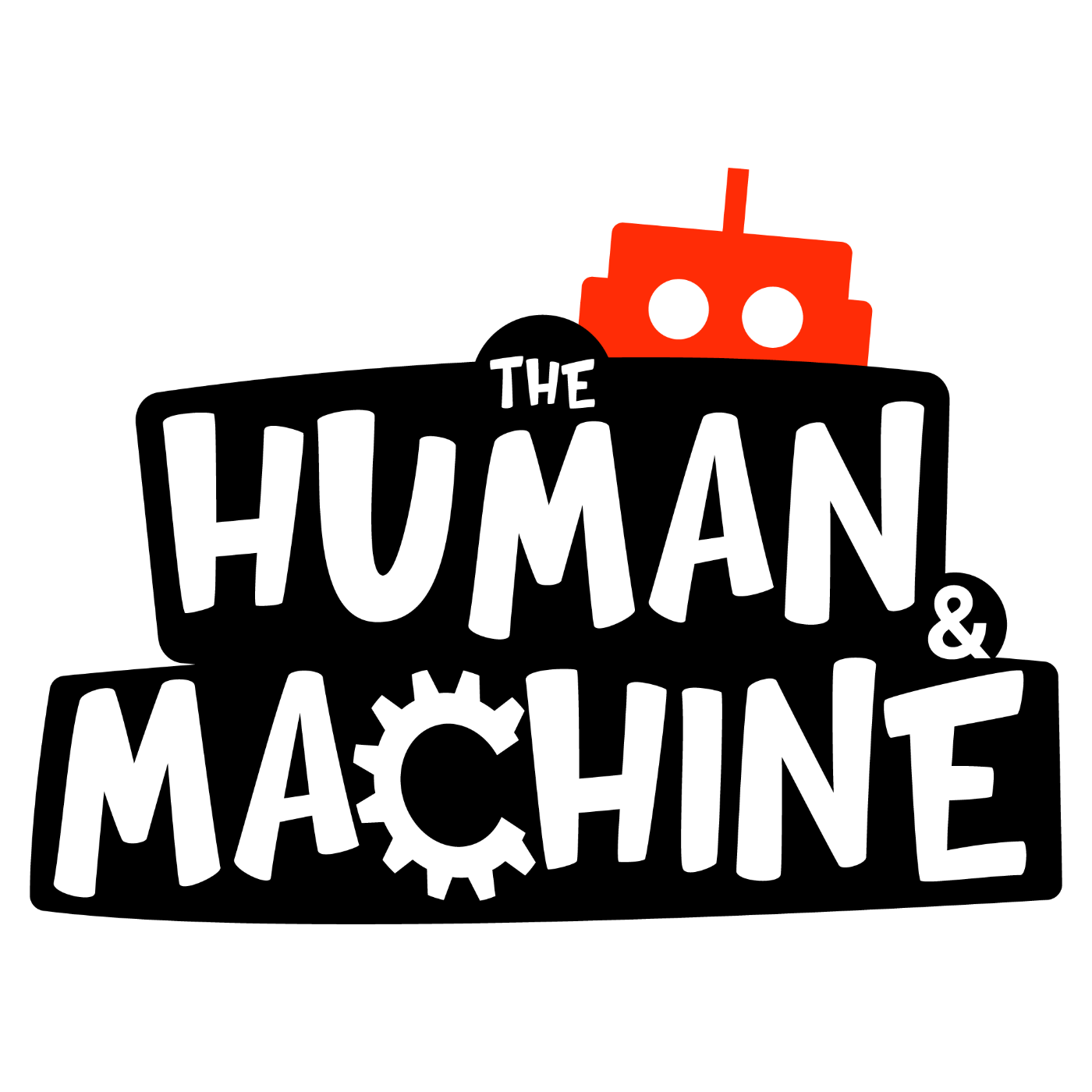Audio Presented by

Simplifying Web3 topics around the Metaverse, NFT, Blockchain, Crypto, DeFi and GameFi
Story's Credibility

About Author
Simplifying Web3 topics around the Metaverse, NFT, Blockchain, Crypto, DeFi and GameFi

Simplifying Web3 topics around the Metaverse, NFT, Blockchain, Crypto, DeFi and GameFi

Simplifying Web3 topics around the Metaverse, NFT, Blockchain, Crypto, DeFi and GameFi